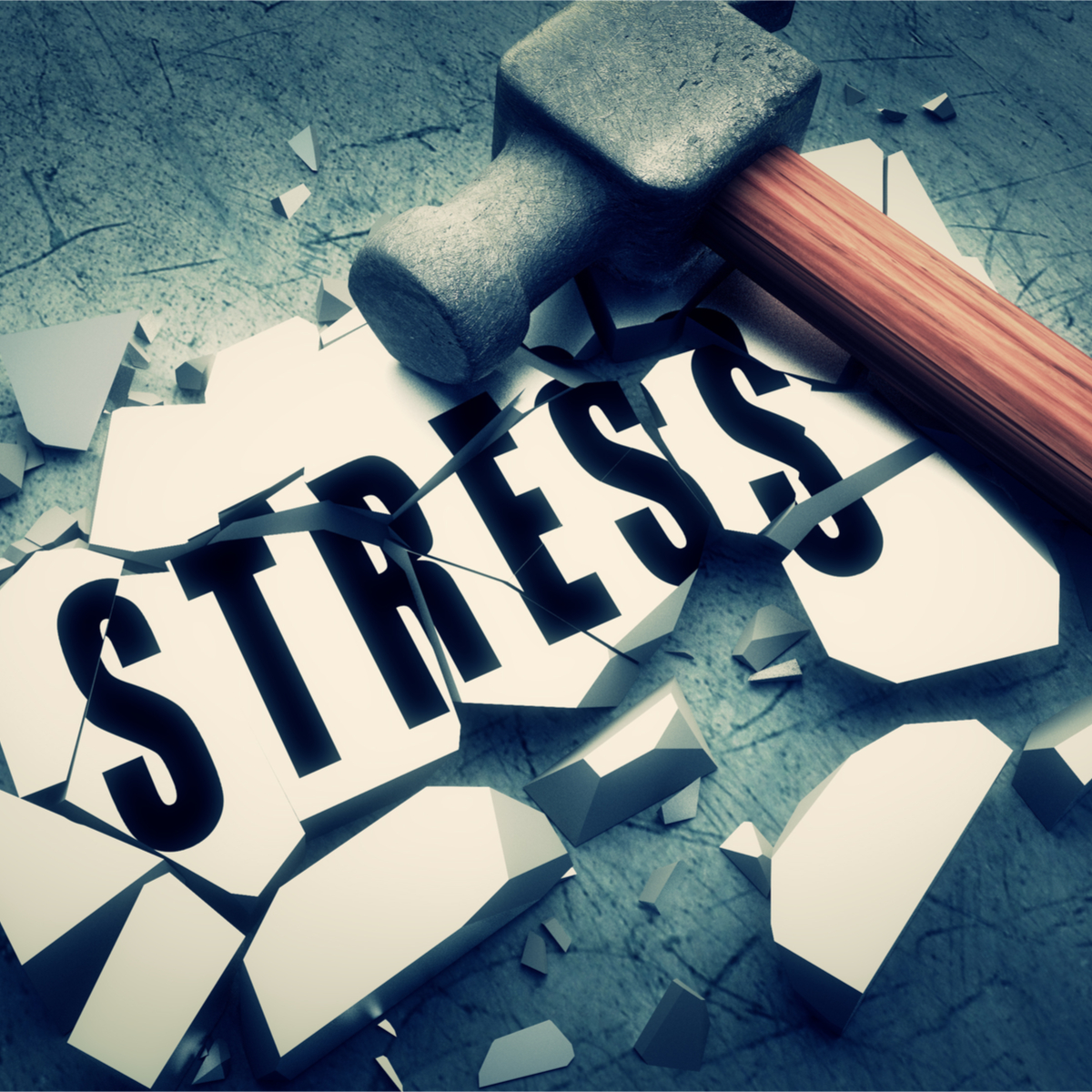Finding the Calm State in the Midst of Stress

A few weeks ago I experienced a stressful day at work. We had lots of things going on in the office regarding computer issues, phone problems, and server difficulties. Late in the morning I realized that I could feel the cortisol being dumped into my body. The feeling is similar to an adrenaline dump but it was a steady stream. When we become stressed, the amygdale, the brain’s emotional center, goes into high alert which is the fight, flight, or freeze response. This emotional reaction of survival triggers a biological response that dumps cortisol and adrenaline into the body. These are the stress hormones we need for emergencies. But probably more like emergencies such as saving your or someone else’s life, or springing into action due to a critical situation happening. I didn’t need the hormones to manage my day even though the day had been wrought with difficulties. I didn’t need to be in survival mode. But because of the way I responded to the situation emotionally, I had this biological reaction to the stress as well as the emotional reaction.
Stress can put our body on high alert when it dumps stress hormones into our system making our eyes dilate and increasing our blood pressure, heart rate and muscle tension. All this extra energy and focus is available so that we can survive and manage the danger. The extra dump of hormones pushes our organs to the max which impacts the immune system and increases the risk for hypertension, heart disease, and depression. Stress has been shown to make us age faster, die sooner and makes our life unhappy. But it was over-kill for my computer issues. My body didn’t need it and I had slipped into the stress reaction.
The good news is that I was aware of this state and it wasn’t my norm. It was also interesting to be aware of the “not so good feeling” of having these hormones dumped into my body. I didn’t like the feeling and knew I needed to regroup and respond in a more optimal way for my emotional and physical well being. It can be easy to be caught in the cascade of stress and not get out of it. Pretty soon the physical response of having the stress hormones dumped into the body can become the norm and not even noticed as it is a daily event.
I knew I needed to regroup. I needed to return to a state of calm. Calm also impacts the body with a physiological response. It put the endorphins (those natural painkillers) in your system. Serotonin is replenished which puts you in a good mood and makes daily trials more tolerable. So the biological response is these “feel-good” hormones. We all like these!
Judith Orloff, M.D. wrote the book Emotional Freedom. She states that to find the calm you must be an activist. It is something you have to go after, versus stress which comes after you. She states that you must learn to cultivate peacefulness. (Judith Orloff, 2009) I would agree. Calmness is a state that you can learn to access in the midst of the stress. Meditation is the hallmark technique for bringing in calm and peace. Regular meditation has been shown to literally change the brain to increase our alpha brain waves. These are the brain waves that indicate relaxation. When stress does find you, meditate to access the calm zone.
If you don’t know how to meditate, commit to 60 seconds of practicing it by working towards focusing on 20 breaths in and 20 breaths out. Start with finding a comfortable place to sit quietly without interruptions. Closing your eyes, focus on your breath as you breathe in, inhaling to your solar plexus and counting the breath in, “one”, exhale counting the breath out, “one”. Breathe in calm, breathe out stress. Follow the breath in and out as you count 20 breaths. Your thoughts will come in, but just notice them and let them go passing no judgments on them. Inhale calm, exhale fear, inhale calm, exhale frustration. Allow the negativity and stress to be released.
Practice: create memories for the calm state and hard-wire it into your brain through your diligence of doing it. Remember that doing something just once creates a pathway in the brain that then becomes a memory. Doing it over and over again hard-wires it. And as you practice going to this calm state you will become more and more aware when your body is having a stress reaction. And you can make the conscious decision to go back to a calm state neutralizing the stress response in your body and mind. Have a stress-free week through your conscious decision to maintain the calm in the midst of the storms. Breathe!
Judith Orloff, M. (2009). Emotional Freedom. New York: Harmony Books.
Tags: cortisol dumps, create memories for the calm state, stress dumpsABOUT THE AUTHOR

Janie Pfeifer Watson
Licensed Independent Clinical Social Worker
Licensed Independent Mental Health Practitioner- Janie Pfeifer Watson, LICSW, is the founder and director of Wholeness Healing Center, a mental health practice in Grand Island, Nebraska with remote sites in Broken Bow and Kearney. Her expertise encompasses a broad range of areas, including depression, anxiety, attachment and bonding, coaching, couples work, mindfulness, trauma, and grief. She views therapy as an opportunity to learn more about yourself as you step more into being your authentic self. From her perspective this is part of the spiritual journey; on this journey, she serves as a mirror for her clients as they get to know themselves—and, ultimately, to love themselves.
LATEST ARTICLES BY Janie Pfeifer Watson
Subscribe today
Sign up to receive the latest mental health tips and inspiration